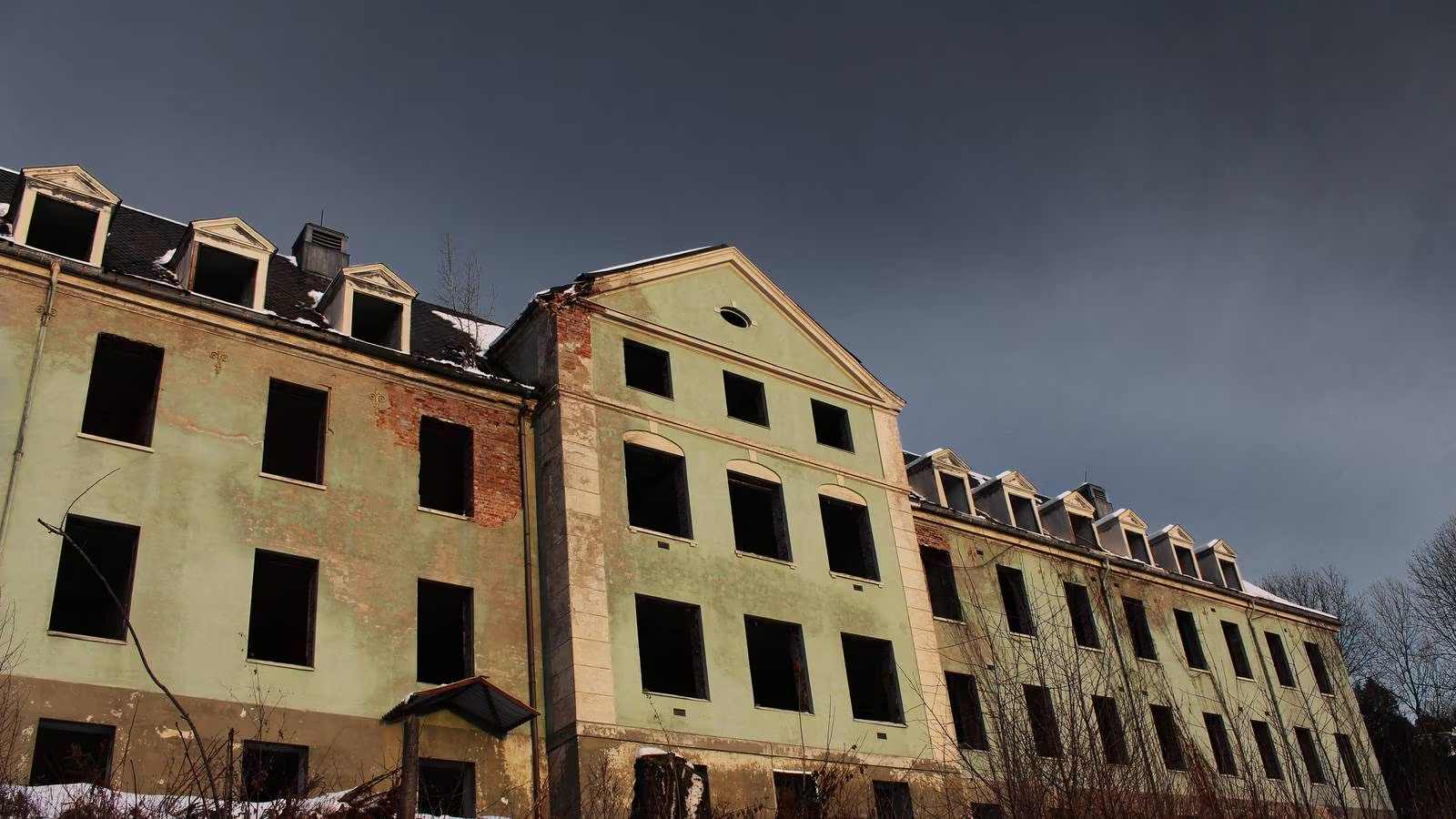Drive it Yourself: Telemarkveien (Rv41) from Kristiansand to Brunkeberg
- 0 comments
- by Emma
Drive it Yourself: Telemarksveien (Rv41)
In this article...

Download this guide to have it as a PDF ready to go for your road-trip!
All downloadable guides come with an interactive Google Map for easier navigation.
Online Guide
- Information about points of interest
- Images of each point of interest
- Historic overview of the neighbourhood
- Directions between points
- Historic photos
- Information about facilities along the way
Downloadable Guide
- Information about points of interest
- Images of each point of interest
- Historic overview of the region & towns
- Directions between points
- Historic photos
- Facilities including supermarkets, toilets, petrol, hotels, cafes, restaurants with addresses.
- Interactive Google Map for easier navigation
The drive: the Rv41 from Kristiansand to Brunkeberg

Kristiansand
Kristiansand was established in 1641 and is named after the Danish-Norwegian King Christian IV (who also renamed Oslo after himself to Kristiania). The city is strategically located on the Skaggerak coast and used to be an important military base as all traffic had to pass here in and out of the Baltic Sea. Kristiansand was also an important shipbuilding harbour, and experienced its golden age after the American Revolutionary War and up to the Napoleonic wars.
Tveit
Town

Birkenes Municipality
Agriculture and forestry are important industries in Birkenes. The largest company here is the 3B fiberglass company. The Norwegian Institute for Air Research is located here, and it is one of the most important stations in Europe for measuring trans-boundary air pollutants and climate drivers in Europe.
Birkenes Church
Church
Mollestadeika
Famous Tree
Birkeland
Town

Froland Municipality

Åmli Municipality
Dølemo
Town
Åmli
Town
Åmli town is the administrative centre of the municipality. Åmfoss Bridge is from 1918 and is one of Northern Europe’s longest stone bridges. Åmli Church is a long church from 1909. It replaced the previous church that burned down on Palm Sunday in 1907.
Elvarheim Hunting Museum is a museum all about (you guessed it) hunting traditions in Norway.
You can find more information on their website:
https://www.kubenarendal.no/lokale-museer/elvarheim-museum

Nissedal Municipality
Treungen
Town
Nisser Lake
Lake
The Nisser is a lake in the Telemark region. It is the second largest lake in telemark with a length of 35km. The tourist industry began around the lake in the 1960s and is a popular place to go swimming in the summer. Whoever buys a fishing license can fish for trout, char, whitefish, and perch.
Nissedal Church
Church
Nissedal Church (Kirke) is a church from 1764. The church is located by the highway on the northbound side.

Kviteseid Municipality
Kviteseid is a municipality in the upper part of Telemark. The municipality has existed since the Middle Ages and was an important administrative centre in Telemark. Kviteseid was originally an agricultural community without any real urban development. The most important industries here are still agriculture and forestry, though tourism is on the rise.
Kviteseid is known for its distinctive cultural traditions, including folk music, arts and crafts, food and architecture. The dialect in Kviteseid is one of the Norwegian dialects that has preserved the most features from Norse and is close to the most conservative form of nynorsk.
Kviteseid Bygtun
Museum
Kviteseid Bygdetun is an open-air museum that is located by the Kviteseid old church and Kviteseid farm. It is in one of Norway’s oldest rural areas. The site has 12 buildings that have been moved from various farms in the district throughout the 20th century. The oldest building is from the 16th century.
Kviteseid Church
Church
The church is from the 13th century. For long periods, especially in the 17th century, the church was the religious and official centre, and the area has been important since ancient times. The church is built in the Romanesque style.
The church is located next to the historic Kviteseid farm. The farm has been inhabited for over 1000 years and is in the historic centre of the town. For many hundreds of years the farm was the official farm for the parish priest in Kviteseid. The main building burned down in 1764 and the farm was rebuilt in 1769. Today the yard consists of seven buildings forming a square.
After the old church you will cross two bridges. The second bridge crosses the famous Telemark Canal.
Kviteseid
Town
Kviteseid is a small town with a population of around 800. It is not where the original town was; the original town was closer to the old church. However, the modern town centre was built here. The opening of the Telemark Canal brought a lot of traffic to the region, and this led from Kviteseid being a small settlement to being a modern village.
Kviteseid has a long tradition in butter production. The first dairy came in the 1890s, and ever since then the town has been known for its butter production.
Brunkeberg
Town
Brunkeberg is a small settlement. Norway’s first teacher’s school was located here. Today the school building has been moved and is being used as a private cottage. Brunkeberg Church is from 1790.
If you liked this drive, or if you have any travel tips, please leave a comment in the section below!






















































































